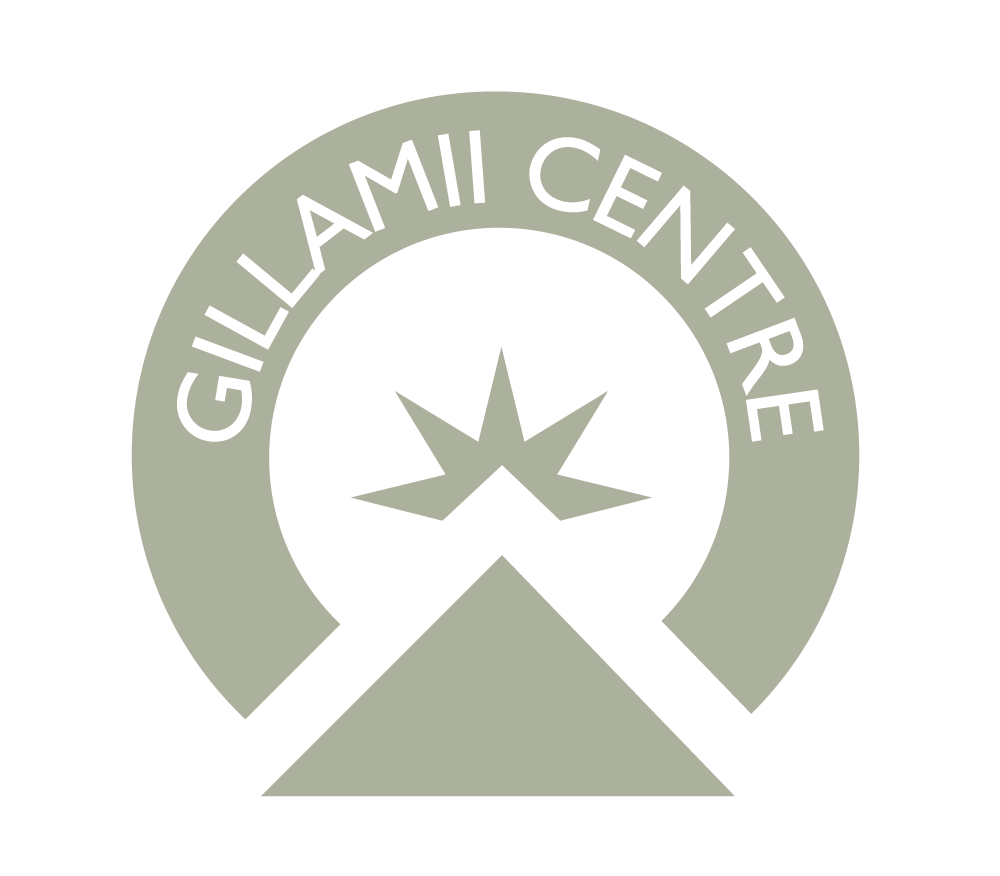Reconnected Country: Building Wildlife Corridors from Forest to Stirlings
Period: 2011-13
Funding Body: Lotterywest, South Coast NRM ‘Wildlife Corridors Project’
Funds: $259,002
Project Officers: Genevieve Harvey
Summary
The target area for this project is in the South Coast Region of Western Australia between the Stirling Range National Park, Porongurup National Park, and the Mt Roe and Mt Lindesay National Parks that form part of the Walpole Wilderness area. This is a natural westward progression of the Gondwana Link East Project which focused on the area between the Fitzgerald River and the Stirling Range National Park.
Project aim is to assist with eco-link implementation of the recently completed ‘Conservation Action Planning Framework – Forest to Stirlings Functional Landscape March 2011’. (CAPS) This area, centred around Cranbrook, is a biodiversity hotspot, with a delineated area covering 250,000ha within which eight priority conservation targets were identified being; upper Kent wetland suite, wandoo associated vegetation communities, proteaceous rich shrublands/woodland, black gloved wallaby, jarrah/marri associated vegetation communities, carnaby’s black cockatoo, Stirling Range National Park outliers, west Balicup wetlands suite. The area urgently requires eco-link restoration activities to fence and conserve priority bushland remnants on farm land, to restore habitats and reduce threats to key threatened fauna species (southern brown bandicoot, brush tail wallaby, black glove wallaby, Carnaby’s black cockatoo), to educate and involve the local rural community in eco-links restoration and to undertake priority fauna, flora and wetland surveys.
This project (part funded by Lotterywest $99,740) is integrated with a much bigger biodiversity program overseen by South Coast NRM titled “Wildlife Corridors Project”
Outcome
On ground works to progress the eight CAPS targets, protect more than 1,000ha of priority bushland remnants by 100km of stock proof fencing, undertaking 20ha of high quality direct seeding revegetation of key eco-links, undertake 6 community/school based biodiversity education workshops/events, prepare biodiversity restoration plans for a further 16 farms, develop and implement a land assessment methodology for prioritising properties for ecological restoration, and undertake 4 applied ecological research projects (feral bee pilot project, wetland suite assessments, community based fauna, and vegetation mapping to delineate proteaceous rick, dieback sensitive communities)
Report


